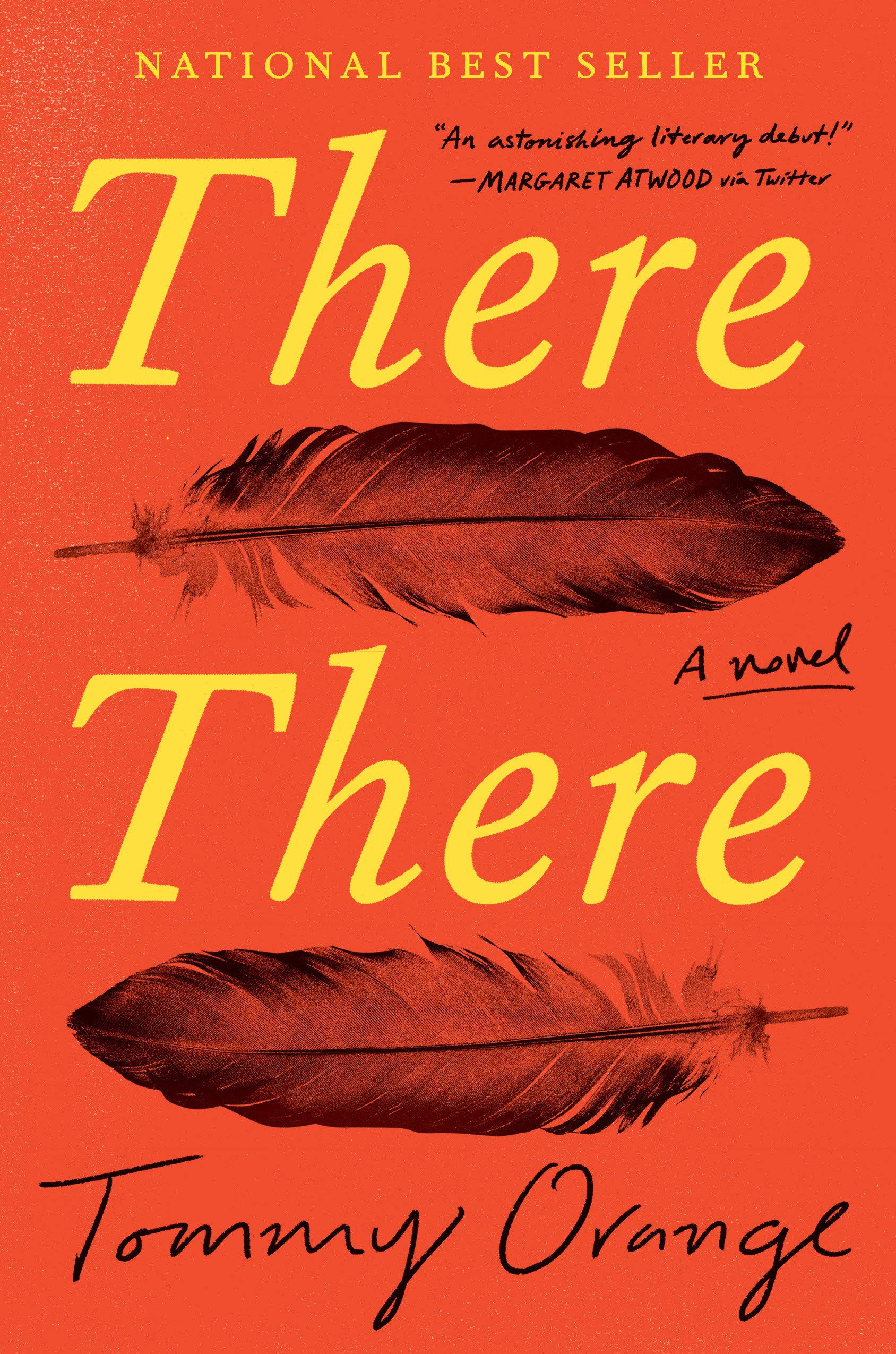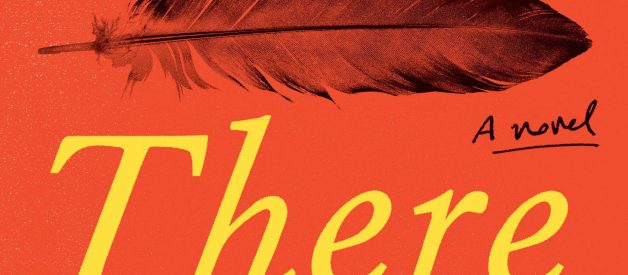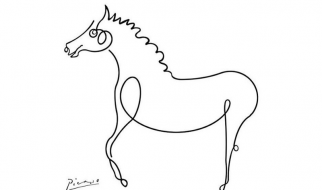
There There, a novel by by Tommy Orange, explores the contrasts and tensions that exist between the traditional and the modern in the lives of Native Americans living in Oakland. Can there by harmony and peace in this contrast? Can Native Americans living in an urban environment be as authentic and in touch with their culture as those living on a rural reservation? We see an example of this harmonizing of the traditional and modern in the group A Tribe Called Red.
In the voice of his character Edwin Black, Orange writes of A Tribe Called Red: ?They make electronic music with samples from powwow drum groups. It?s the most modern, or most postmodern, form of Indigenous music I?ve heard that?s both traditional and new-sounding? (77).
As I read the harrowing final section of There There, I listened to A Tribe Called Red as the perfect soundtrack to the book that ends at a powwow at the Oakland Coliseum. I remember from my time coaching basketball at Red Cloud High School on the Pine Ridge Reservation in South Dakota when we used ?Electronic Pow Wow Drum? as the entrance song when our team ran onto the court. It was the perfect song to let opposing teams from off the reservation know that they were in a different world.
We see the references to multiple worlds in the title, which alludes to not only Gertrude Stein?s comment on Oakland but also to a Radiohead song. We see the traditional and the modern in Dene Oxendene?s project that merges storytelling and technology.
This book bridged two different worlds for me. It brought back memories from my seven years on the Pine Ridge Reservation, memories of powwows from Friday night school powwows in high school gyms to the bigger ones I went to in the Black Hills or in Denver. The book provides realistic depictions of Native American people I met or taught in my years in Pine Ridge, not just idealized or fanciful versions based on stereotypes. From my time in Pine Ridge, I remember images of life that I wouldn?t experience anywhere else: the scorching hot rocks in a sweat lodge, the rolling plains that go on forever, the rumors of mountain lions lurking about in the hills, the flashing regalia and drumbeats at dusty outdoor powwow surrounded by frybread and lemonade stands.
However, the book also reflects my current life far away from Pine Ridge in Oakland, CA. I live near Fruitvale Station and as I was reading the book, I sometimes would be in the same place as the setting of the book: Fruitvale, the Coliseum and its BART station, International Boulevard, etc. It was like my past experiences of Pine Ridge and my current living in Oakland were merged in this book. The book is rooted in Oakland and brings the same grittiness and sense of urban landscape as a show like The Wire. In Oakland, I hear the rumble of a train as I go to sleep, I smell the deliciousness of taco trucks on the streets, and I hear mariachi music blast from a passing car.
Oakland has been depicted in popular culture frequently this year with the films Black Panther, Sorry to Bother You, and Blindspotting all set in Oakland. Add There There from the literary perspective to this list of important works set in Oakland.
Instead of Native Americans traveling on horses across rolling plains, we see There There?s characters on all sorts of public transit: city buses, BART, Greyhound buses, trains, bikes, and so forth. This was particularly resonant for me as my commute from Oakland to San Jose usually takes some combination of car, Amtrak, VTA bus in San Jose, and BART.
We see hopeful flashes that Native Americans living in the gritty urban landscape can glimpse moments of the sacred amidst the struggles. We see the powwow dancer?s dance as a prayer in itself.
In many Native Americans novels and perspectives like the novels of Sherman Alexie, we see the struggles of contemporary Native life: poverty, violence, suicide, alcoholism, and so forth. And we do see these things here in There There. In other works, we also see the beauty and the magic of modern Native life in the traditions that persist in the face of the struggles, traditions like the sweat lodge or the powwow or the giveaway. However, in There There, it?s not the traditional sweat lodge or the powwow that offers beauty in the face of desolation. We see this beauty and this hope in the everyday moments of urban Native life in Oakland.
The novel is not just about a big powwow in Oakland but also about modern life. We read about drones, filmmaking techniques, Facebook, mixtapes, brain science and technology. Can there be spirituality and hope and culture in the modern city fraught with crime far away from a reservation? We read chapters from different points of view, but they remain connected, intertwined.
The novel ends like a sledgehammer, no forced happy endings or mystical resolutions. In doing so, Orange has written a novel about contemporary Native American life unlike any other book.


